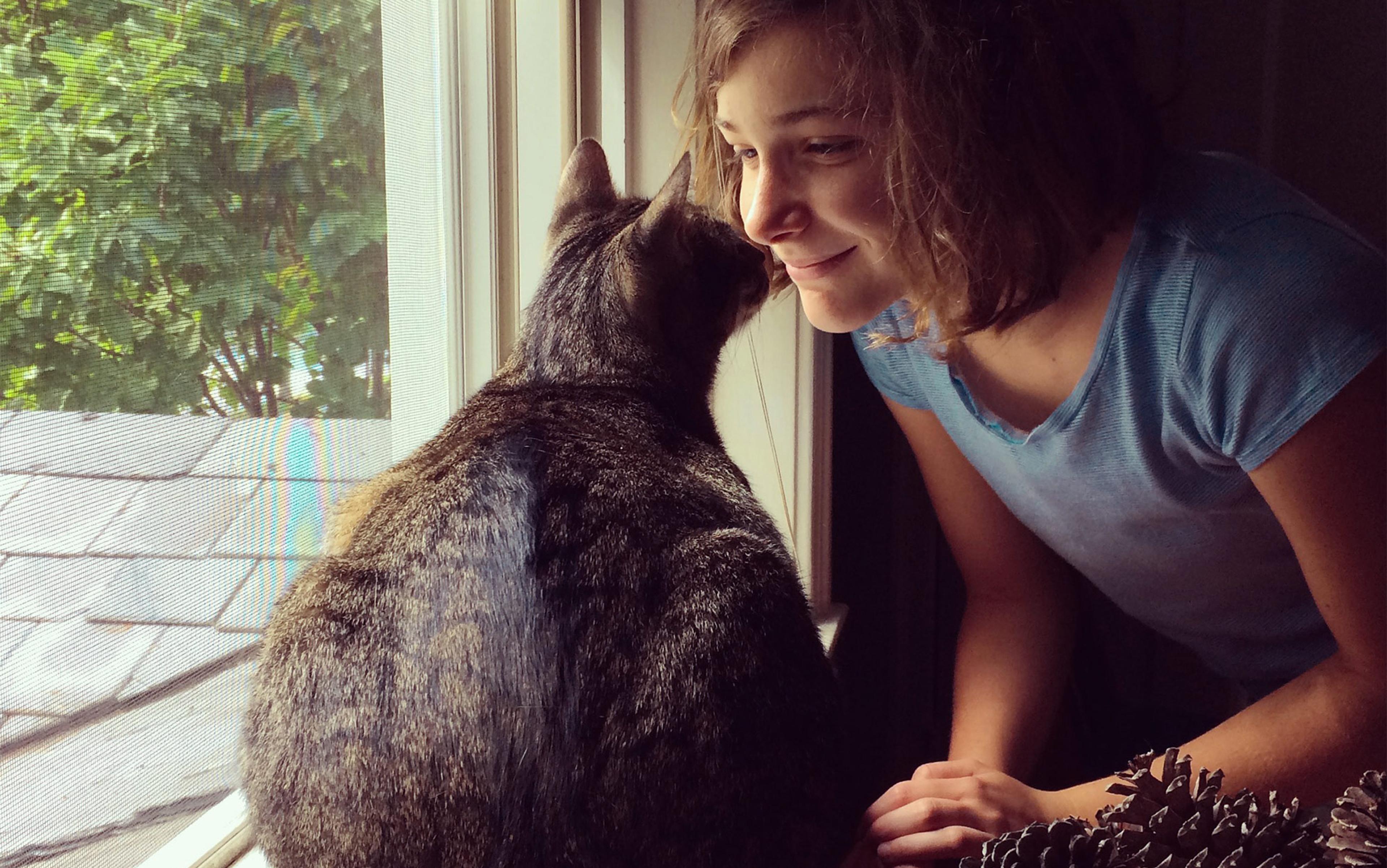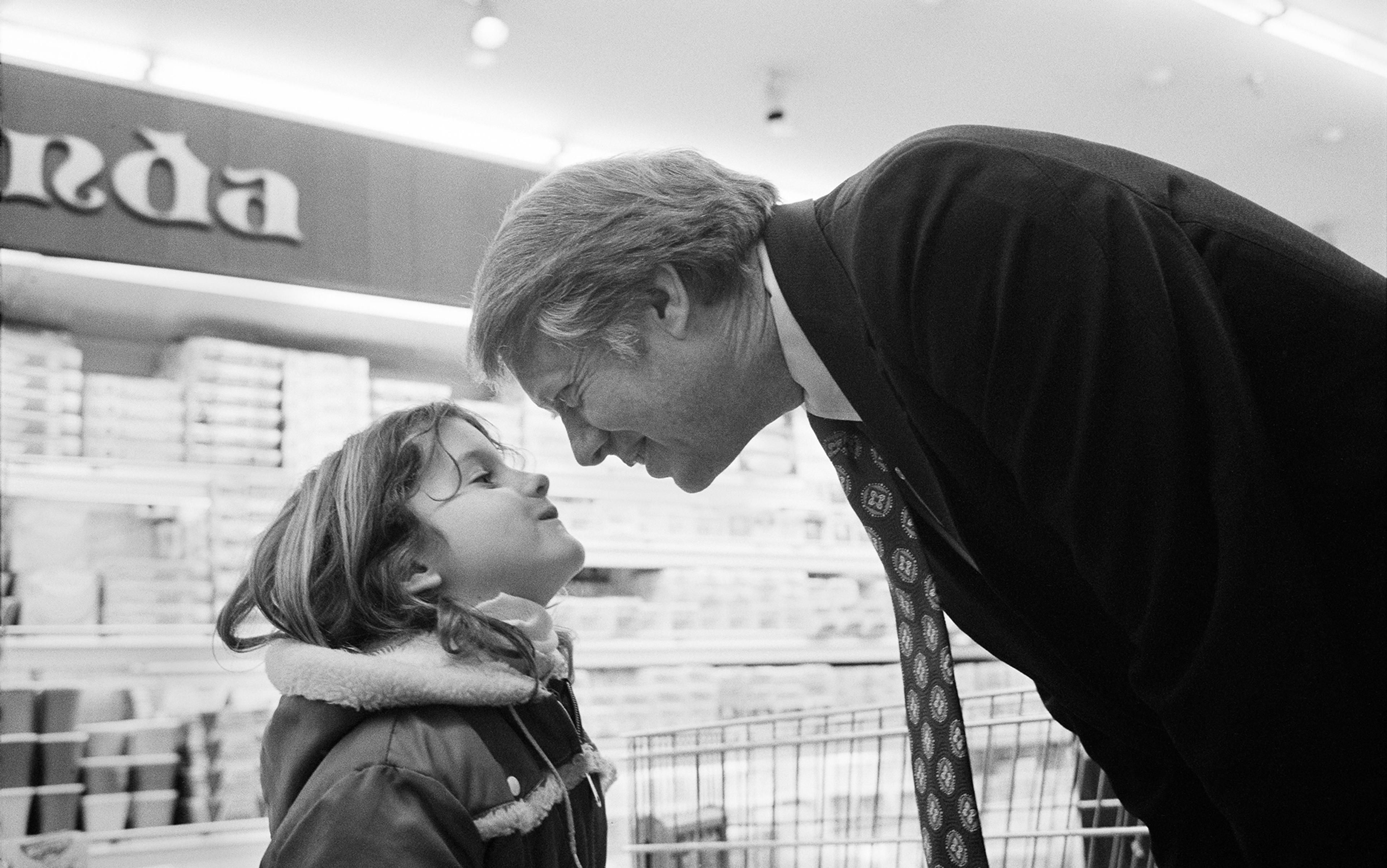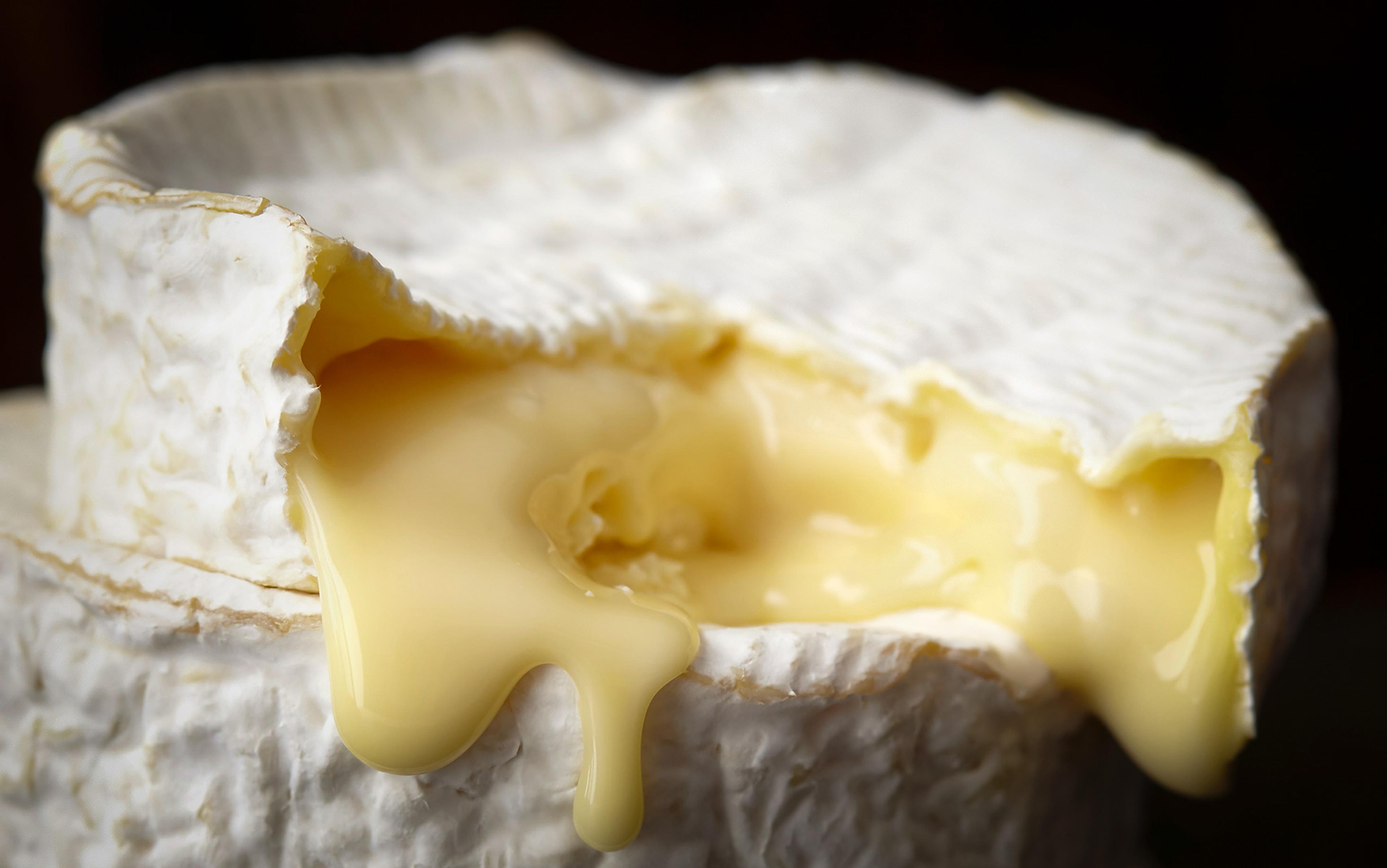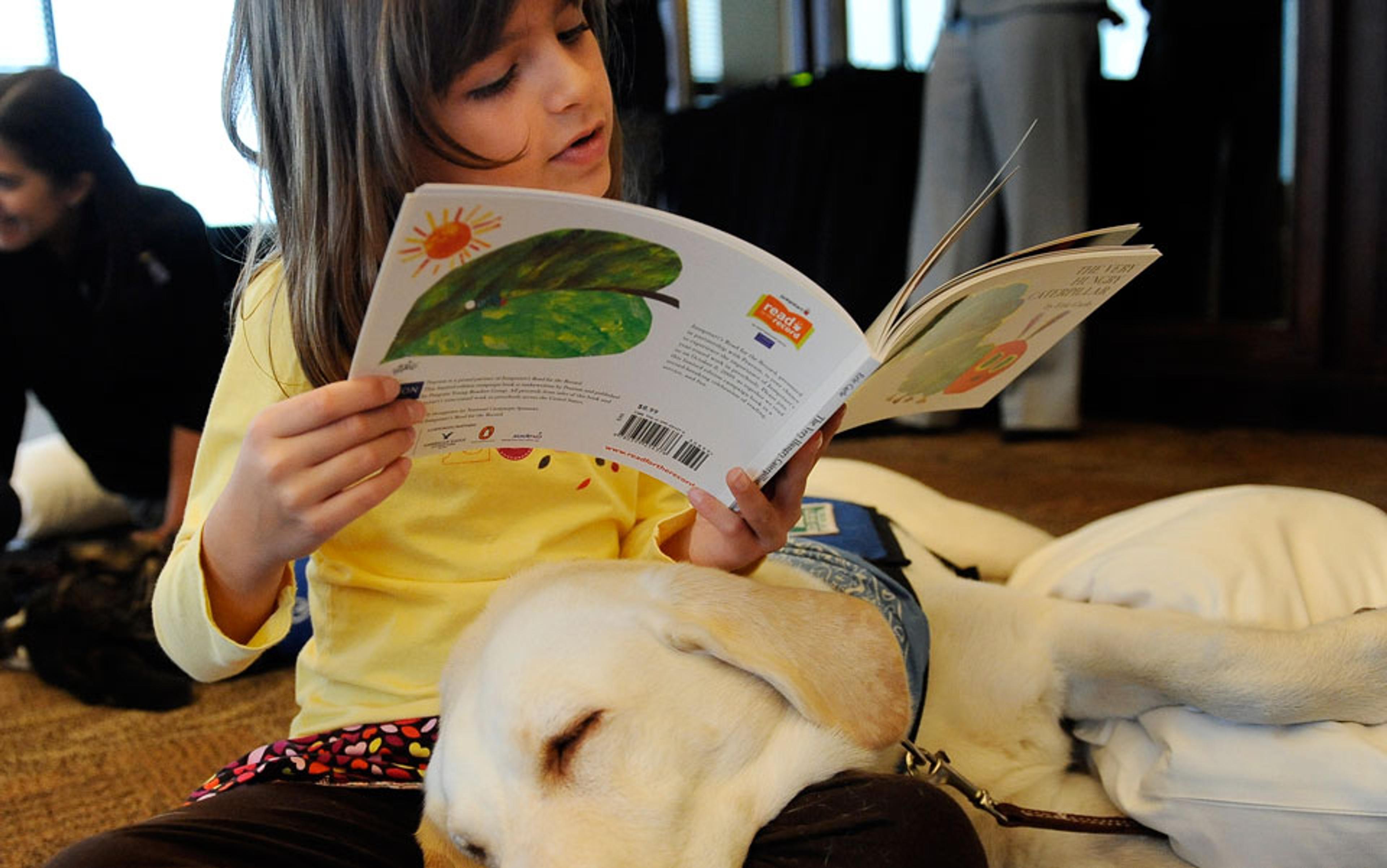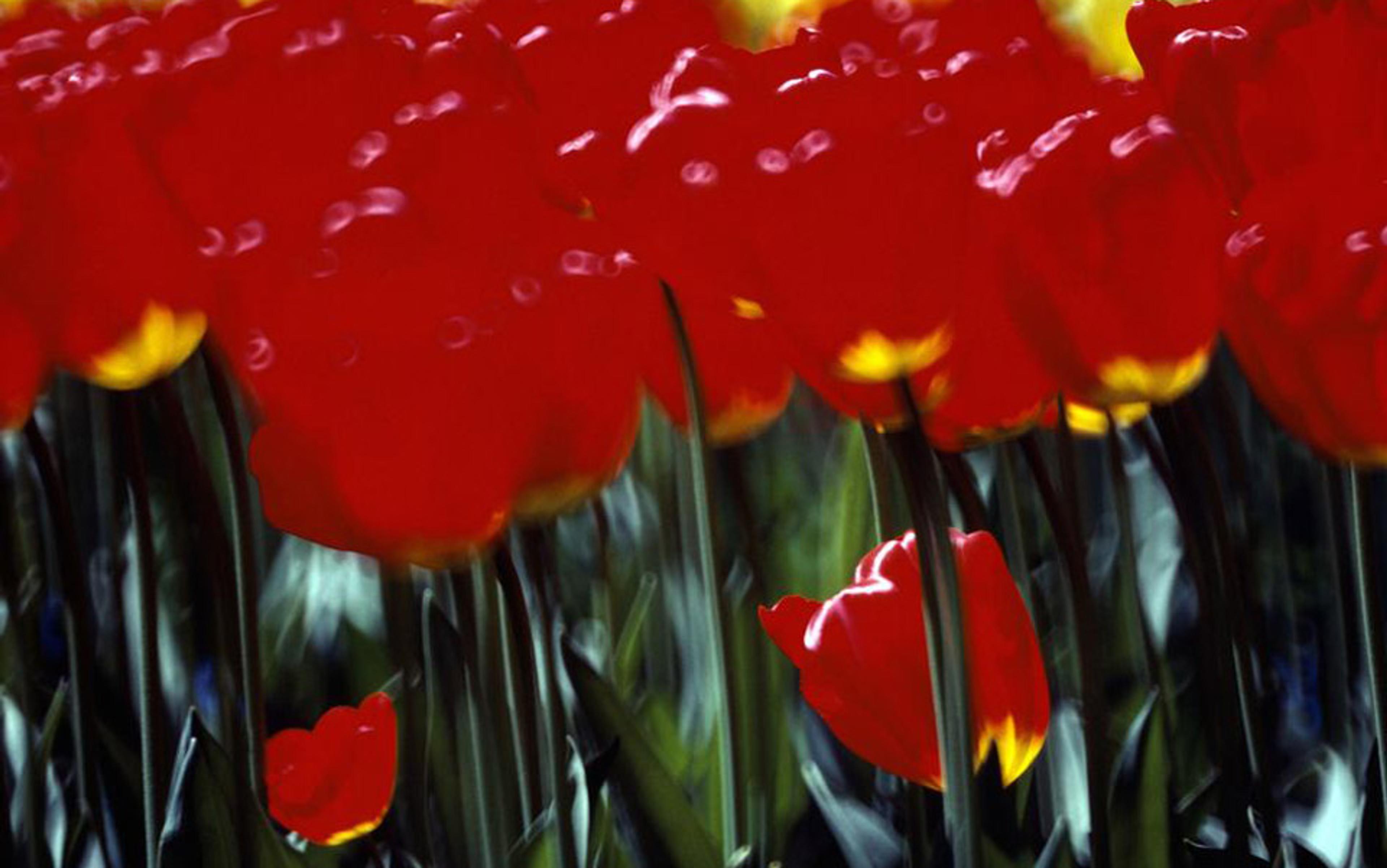The Three Little Pigs is quite a cautionary tale for children. The first little pig builds a house of straw, but a wolf huffs and puffs and blows his house down, and eats that little pig. The second little pig builds a house of sticks, but the same wolf huffs and puffs and blows it down, and eats that pig, too. The third pig builds a house of bricks, however, so when the wolf comes huffing and puffing, the structure withstands the assault, and the little pig survives.
The moral of the story – that hard work pays off – is important to the staff at Vitenfabrikken, an interactive science centre in the town of Sandnes, in southwest Norway. I combined the narrative with scent to truly bring it alive for children aged three to seven, the youngest audience of the museum, from June through to December 2022. We recognised that, for young children, museum visits are profoundly multisensory, and we sought to elevate this superpower by introducing the often-overlooked sense of smell. This ‘silent sense’ was rarely explored in museum studies (or in children’s literature), and we were determined to correct the oversight. Smell has the power to evoke strong emotions and trigger vivid memories, making it an ideal candidate for enhancing children’s experiences in a living enactment of the story on a trail within the museum.
The spatial arrangement of the exhibition was an adventure trail or story-walk that seamlessly weaved together the narrative points and their olfactory elements in an engaging manner (as seen in the video above). Each piglet’s house was replicated with child-sized abodes crafted from the three materials featured in the story (straw, wood, and bricks). These were strategically placed along a route adorned with various props, including plastic pine trees, avian figurines, miniature wooden furnishings like stoves, tables, chairs, pictures, lights and potted plants inside the brick house.
The smells were delivered through a set of ‘smell boxes’, specially crafted for the exhibition. The boxes had a perforated plate, concealing six small, cotton-dipped balls infused with five different odours selected for their long-lasting nature, ability to disperse into the air for easy detection, safety and sustainability. Each scent had a unique connection to one of the story’s characters, colours, ambiance and position within the narrative progression.
The story, narrated both in writing and through an audio recording, was presented at each station, allowing children to follow along while engaging their sense of smell. (The team recognised that the story could be too intense for the youngest visitors, and they recommended creating less scary stories for this age group.) Observing children in action within the exhibition space was exhilarating: as they touched, ran and played with various elements, including cushions and mini-lamps inside the houses, the sense of touch and movement deepened their connection with the story.
And the sense of smell provided a through-line: not all children experienced the narrative in the same sequence. The order depended on the guidance provided by accompanying adults, highlighting the importance of adult involvement in facilitating the experience. The team’s reflections led to valuable recommendations for future olfactory exhibitions targeting children. They suggested presenting smells in a fixed order, starting with pleasant scents to avoid overwhelming young visitors. They also emphasised the need to test colour-smell associations to prevent unintended perceptions. Through a meticulously designed multisensory experience, our team succeeded in telling a classic story in a new and unforgettable way, enriching the lives of young museum-goers and, I hope, inspiring future endeavours to engage the senses in museums and storytelling as a whole.
The powerful connection between olfaction and memory often catches us off-guard, enabling us to travel back in time and across space. Just this morning, while playing my favourite piece on the piano, I noticed a woody aroma and my mind immediately travelled to the walnut trees in my father’s garden. It could have been the old sheet-music book; it could have been the sturdy piano frame; but it smelled like walnuts to me. When I was a child, I would carefully walk beneath those trees, feeling for fallen walnuts. The sensation of their hard shells underfoot was distinctively linked to the faint aroma, as was the delicious kernel inside when I cracked open the nut.
I remember distinctively the nutty aroma, but I struggle to put into words the scent I was experiencing, a fragrance so uniquely tied to my personal memories that it feels entirely my own. The best I can do to describe it is by drawing a connection to food, since scents and tastes are intimately connected, and our words for describing them often overlap. Besides, walnut trees don’t have a strong smell like, for example, eucalyptus or cedar trees, and most people don’t smell them at all. I might have developed the walnut smell sensitivity by collecting the nuts and sitting long hours by the piano.
As I play some old songs and set my mind free to memories, I am transported to the heart of my father’s garden, the rustling leaves beneath my feet and above me. And in the next moment, I am once again seated at the piano, in the living room of my father’s home, where countless hours of practice shaped the melodies of my past. As I journey through scents etched into my mind, I wonder why music and smell are such close cousins. Perhaps, just as a composer creates a musical piece with various musical notes, a perfumer combines and blends high and low notes to achieve ‘harmony’, interspersed with connecting ‘chords’. Perfumes are often named after musical terms, too. It is common to come across names like rhapsody, rondo, symphony or prelude for fragrances, because highly trained experts tap those associations to help them remember, detect and compose their scents.
The Queen of Smells in the olfactory business, and a great personal inspiration to me, is the Norwegian artist and researcher Sissel Tolaas, originally from Stavanger, where I have my research lab. Tolaas, who now lives and works across the world, has pioneered projects that elevate the sense of smell to an unparalleled artistic medium. Through exhibits that display the smells of fear, money or pollution, Tolaas makes audiences pause, reflect and recall potent experiences.
Scents can slow down the reading experience, drawing children’s attention to elements that stimulate reflection
While Tolaas operates at the crossroads of science and art, my team at the University of Stavanger explores how incorporating smell into educational materials can enhance children’s attention, their enjoyment of stories and learning. As a researcher focused on children’s personalised learning and technologies, I’ve already shown, in several empirical studies, that current popular methods in digital books, including rapid imagery and flashy effects, aren’t conducive to learning. They overwhelm struggling readers and reduce the profound act of reading to something akin to an advertising show with many bells and whistles.
Smell, on the other hand, has the potential to prompt deeper reading processes.
The Stavanger Declaration, which my colleague, the reading professor Anne Mangen, has initiated, calls for attention to the benefits of deep reading for adults, highlighting the wellness benefits of engaging with long narratives and literature. In my work with children, I investigate how scents can slow down the reading experience, drawing children’s attention to book elements that stimulate reflection, conversation with parents or peers, and a deeper comprehension of stories.
Research on olfaction in children, especially in relation to reading, is still in its infancy. Beyond the fleeting nostalgia of scratch-and-sniff books some adults may remember from their childhood – which have long lost their aromas if they happened to keep the books – most adults don’t think of the connection between smell and children’s books. In a national survey of about 1,000 Norwegian parents that we conducted last year, the parents commented on the importance of nice pictures in children’s books and the tactile experience. Scent was commented on only in terms of bad smells that need to be eliminated for a pleasant reading experience.
However, from studies on adults and animals, we understand that scents can significantly influence our perception in more complex ways, often triggering memories or specific emotions tied to places. The relationship between learning and smell is thought to stem from the intricate ties among attention, memory and olfaction. Some fragrances, such as peppermint, are known to boost attentiveness. Studies indicate that brain areas, like the orbitofrontal cortex, react to specific odours, with activations linked to whether a scent is deemed ‘pleasant’ or ‘unpleasant’, enhancing attention. Our project therefore aims to determine the specific connections between various scents, learning mechanisms (such as attention or engagement) and learning outcomes (such as reading comprehension or language learning).
As part of my perfumery course, I practise by sniffing various scents each morning, noticing a gradual improvement in my olfactory discernment. This training has already shifted my perspective, making me more attentive to my surroundings and more in tune with the scents of objects I handle and consume. Now I even remember individuals by their distinctive perfumes.
Being a passionate advocate for inclusive education, I am asking: why should the fascinating realm of smells remain exclusive to olfactory experts? Why not invite children to explore the world of scents, to be conscious of the countless aromas that surround us, commit them to memory, and use them to enrich our everyday experiences?
The strong connection between memory and experience prompts the question of why we haven’t utilised this sensory link more extensively. Heightened awareness of the scents in our surroundings is critical for detecting potential threats, such as recognising the smell of smoke during a fire. Meanwhile, a loss or reduction in the sense of smell can serve as an indicator for certain diseases like Alzheimer’s or, as the entire population experienced very recently, infectious diseases like COVID-19. Training our sense of smell goes beyond personal enjoyment, fragrances and nostalgic memories – it is a matter of survival. Just like we can look at different things by turning our head, we can also ‘look’ for different smells by moving our nose closer to different objects or by performing alternate nostril breathing. Indeed, humans can distinguish an astonishing 1 trillion unique odours, as calculated by a team at Rockefeller University in New York in 2014. By way of quick comparison, the human eye can detect about 100 million colours. We humans are an olfactory species! Our sensitivity to scents arises from the presence of 400 scent receptors in the human nose. Although the exact number has been contested by later research, it is indisputable that humans possess a remarkable sense of smell, and this is neglected both in how we go about our everyday lives and how we educate our children.
Learning matters for our future and the prospect of making our planet a better place. If we can strategically and systematically use smells to make learning more enjoyable and memorable, we could address some of the outstanding issues in education such as the lack of student engagement with traditional classroom teaching. The crux of my research is to unlock the extraordinary power of smell in supporting a specific learning activity – children’s reading.
For a long time, we have given more importance to our sense of sight and hearing in how we interact with texts. Libraries are typically designed with a focus on things like lighting and soundproofing, and it is thus not surprising that books follow suit. The focus on the visual senses becomes even more apparent with the rise of digital texts, which primarily target sight and sound but often neglect our sense of touch, taste and smell. Consider the excitement surrounding generative AI and the attention it has received in the media and education circles. Yet, even something as advanced as ChatGPT primarily relies on processing visual information in the form of texts and images, further propagating the bias towards the visual senses in reading.
Some smells can communicate beyond language and deliver messages in a way words never can
Just imagine if we brought smell to the cinema. In the entertainment industry, especially in film, there’s been a growing interest in enhancing experiences by engaging more of our senses. The desire dates back to the 1950s when people started staying at home to watch TV. Cinema owners then tried to lure people back to public entertainment spaces with technologies like 3D glasses, vibrating seats and various scents. Not many people know that the practice of introducing scents in cinema wasn’t initially intended to enhance the viewing experience with additional fragrances, but rather to address sanitation issues. It originated from the need to combat unpleasant odours in early, poorly ventilated buildings.
Once the sanitation and personal hygiene issues improved, creative innovators began adding scents to augment the film experience. The hope has always been to transform the story experience, just like adding colour transformed black-and-white films. In 1940, My Dream, one of the first scented films, was shown in the United States, coinciding with the success of colourful classics like Gone with the Wind (1939) and The Wizard of Oz (1939). The reviews were mixed and certainly not positive enough to start a new tradition of scented films.
Today, adding smells to films and moving image still remains a niche area of entertainment. Yet, despite how specialised this field is, there are some artistic forms that can take olfactory art and entertainment to a global audience.
One such form is olfactory museum exhibitions like the one we held at Vitenfabrikken. And before that, when I was at Sissel Tolaas’s exhibition at the Astrup Fearnley Museum in Oslo in 2021, it was clear to me that some smells can communicate beyond language and deliver messages in a way words never can. The intention of one of Tolaas’s installations was to bring attention to the often-neglected link between prosperity and environmental degradation in the Norwegian salmon industry. As part of the exhibition, visitors sat on square boxes, viewing images of differently coloured salmon, while from behind their feet, small puffs of rotten-fish odour came out. I still remember the horrible smell.
Unpleasant smells don’t seem to work the same way as pleasant or neutral ones. Research suggests that our brain processes bad smells differently – our reactions to them are quicker, and we don’t seem to get used to them like we do with pleasant or neutral smells, according to studies by the experimental psychologist Charles Spence in 2021. Artists intuitively know this, and use bad smells to trigger emotions and convey messages, often with a political bent. Tolaas’s political message behind the bad salmon smells was clear and certainly made visitors stop, notice and think.
Without a doubt, the most entertaining part of olfactory exhibitions is the bad smells. When our team in Stavanger created the olfactory exhibition at Vitenfabrikken based on the Three Little Pigs story, it was important to us that the smells were not just a gimmick but integral to the narrative. As demonstrated by scent experiments in cinema, the most effective use of aromas often goes beyond merely replicating the on-screen action or environment. It also serves as a symbolic representation of something deeper or additional within the narrative.
While all the children showed an interest in the scent boxes, most of their attention was drawn to the menacing figure of the wolf and the perceived threat he posed. It appeared that the children’s feelings of fear were possibly triggered by a combination of sounds and fragrances that hinted at the wolf’s presence without fully revealing it in the exhibition space. The absence of the wolf’s physical presence seemed to intensify the sense of threat, especially with the recurring sounds of huffing and puffing emanating from the speakers and the olfactory box that captured the wolf’s scent. Notably, the wolf’s smell was designed to become more potent with repeated exposure. It’s possible that this lingering yet fleeting aspect of the wolf’s presence was the most unsettling for the children.
Another intriguing possibility is that the auditory cues referencing the wolf’s presence could have elicited an olfactory response in the children, or vice versa, in a synaesthetic manner – in which one sense is perceived as another. For instance, colours may take on a sense of taste, or numbers may appear to have a colour, even if presented in black and white. While there is substantial research on the relationships between colour and sound in synaesthesia, studies exploring the connections between smell and sound are still in their early stages of development.
But it is not just the emotional response that scents can enhance. In another, ongoing study, we are looking at whether we can harness the attention that smell triggers, for various learning outcomes. In the experiment that we are running right now, we are studying the impact of added scents to children’s engagement and learning from reading.
My latest research suggests that smell can play a role in reading, especially when it comes to remembering personal experiences and meaningful stories. Studies with adults have shown that, when readers pay attention to smells in a book, it triggers mental images in their minds, and such mental imagery is hypothesised to support immersion and deeper engagement in reading. The design researcher Monica Bordegoni and her colleagues argue that adding specific scents to reading can not only enhance the reading experience but also boost learning. The researchers conducted a pilot study with adults using a book that had scents integrated into it. The results showed that including scents in reading made it easier to read, made the reading experience more enjoyable, and improved understanding of the content. Our study is the first to test whether similar mechanisms are at play with young readers.
The interest in our experiment in children’s learning is grounded in research indicating that frequent book-reading enhances children’s comprehension and vocabulary. Our hypothesis is that adding olfactory stimulation will further boost the learning process. When a child encounters unexpected scents while reading, it can create a sense of surprise and curiosity. This surprise can capture their attention and make the reading experience more engaging. It may also encourage them to pay closer attention to the text, leading to better comprehension and retention of information.
We’ve chosen to foreground olfaction rather than multiple senses for a reason: according to the cognitive load theory, the human information-processing system has limited capacity. Therefore, stimulating multiple senses simultaneously could overwhelm children, leading to decreased attention and learning. The theory has received substantial backing from various studies of e-readers, including one in 2018 showing that static text resulted in better retention than hypertext. When multiple senses are stimulated simultaneously, children’s cognitive capacity is overwhelmed, resulting in reduced attention and hindered learning. For example, digital books with many bells and whistles have no or even negative effects on children’s learning. It is thus important to select carefully whether books for children stimulate their attention with images, music or voiceovers and scents, or whether scents are used instead of any other story element.
Another thing we know from research is that children’s direct manipulation of learning resources is crucial for the learning to be effective. Activities that trigger various brain networks enable visual and motor systems to collaborate and establish crucial connections. Therefore, in our museum exhibition at Vitenfabrikken, for instance, we designed the smell canisters for hands-on interaction with the story.
Whether you’re in the kitchen or out on a nature walk, take a moment to dive into the world of scents
What research is silent on, and we needed to pilot and test in this experiment in the future, is how to best introduce olfactory cues to the children in a controlled manner. For now, we have settled on scents contained within small canisters positioned in front of an iPad screen where the digital story is displayed. The stories displayed on the iPad are crafted to allow children enough time to distinguish between the different smells without getting overwhelmed. These scents don’t represent specific objects but are abstract in nature, each associated with a particular emotional tone within the story – positive for the setting, negative for the problem, and positive again for the resolution and conclusion.
While waiting for olfactory books to hit the bookstores, there are many other play and learning resources that can be harnessed for stimulating the sense of smell. Whether you’re in the kitchen or out on a nature walk, take a moment to dive into the world of scents with your little ones. Encourage children to connect specific scents with specific memories and images, helping them remember and appreciate the world of smells. Although we may not have words for all smells, and children are particularly short of words for various smells, they can respond to good or bad smells with their body language. Encourage them to dance or make a move in relation to a specific smell – it will not only enrich their experience but also boost their sensory awareness and cognitive skills.
If you’re an adult looking to enhance your sense of smell, consider a method used by professional perfumers to refine their olfactory skills by drawing on associating olfactory impressions with emotions. This method, used to remember and categorise scents based on the memories and emotions they evoke, eases you into the more intricate aspect of odour exploration, uncovering aromatic compounds that may not immediately reveal themselves. Over a 24-hour period, your nose might detect differences and new odours without you being able to identify them immediately; recording these observations is key.
To immerse yourself in this method, keep a notebook handy, noting each scent’s name, date and time of sniffing. Remember that you need only briefly inhale the essence of an essential oil or any scent you wish to explore each day. Repeat this process several times and, gradually, you will build your own repertoire of aromas. This practice will lead to a heightened perception of the world around you, enriching your sensory experience.
Remember, the profound link to memory highlights that our sense of smell is far from silent; it subtly shapes our identities. At times, scents can act as comforting beacons, leading us through cherished memories, but they also have the potential to unearth dormant traumas when associated with sad or unpleasant experiences. Given this power, it is crucial to ensure that the next generation can lead the way in harnessing the potential of our noses to navigate our experiences. Our project in Stavanger is the first to systematically look at how smell can be researched, implemented and innovatively added to children’s reading. As we embark on this journey, we hope to pioneer the systematic integration of smell into children’s learning experiences. By fostering a heightened awareness of smell’s significance, and incorporating it into daily activities for children and even in our own lives, we can unlock a wealth of untapped learning potential.
